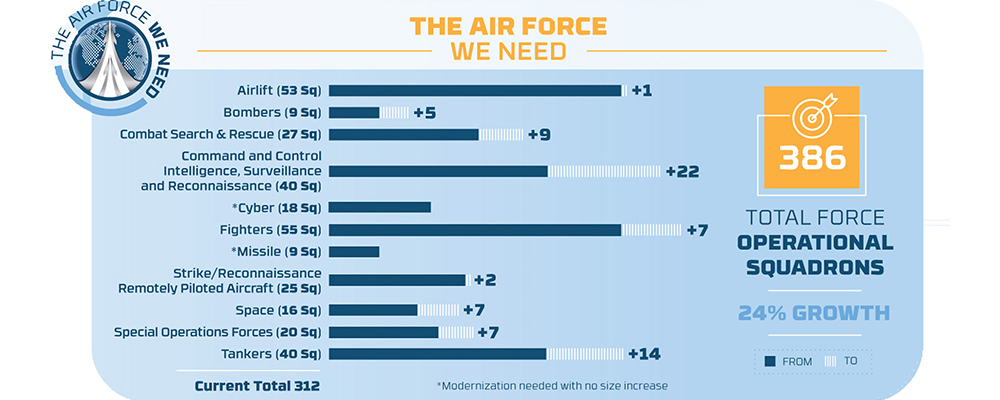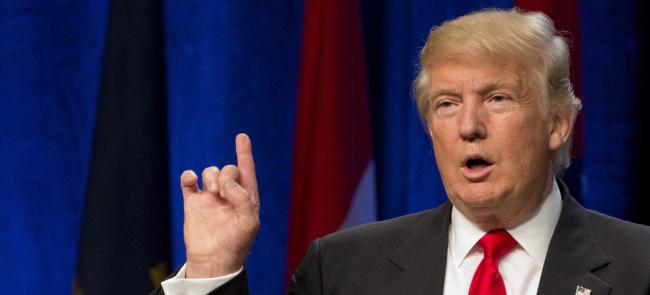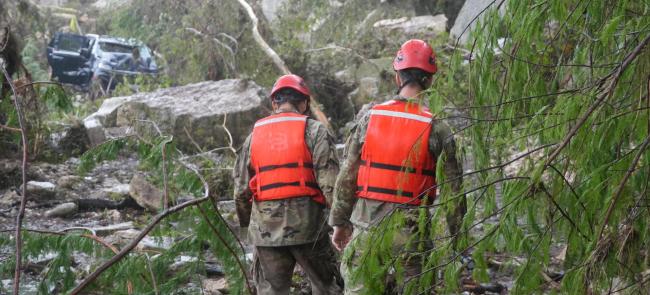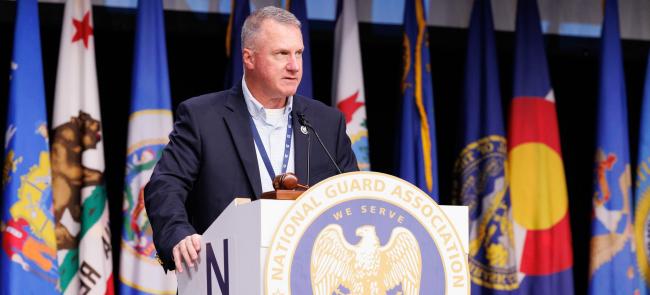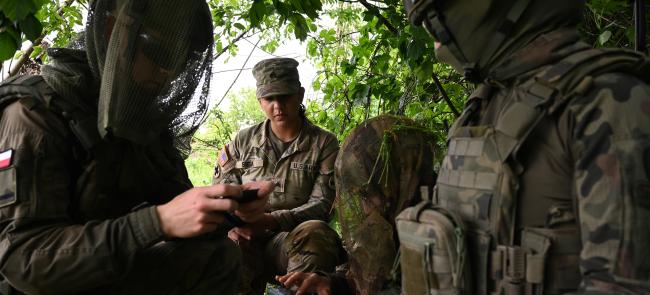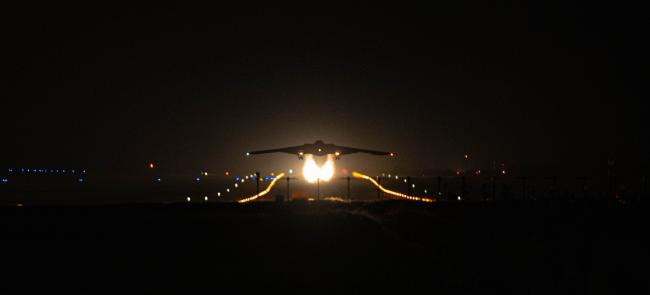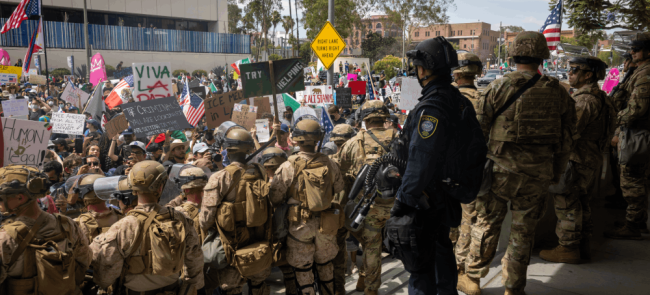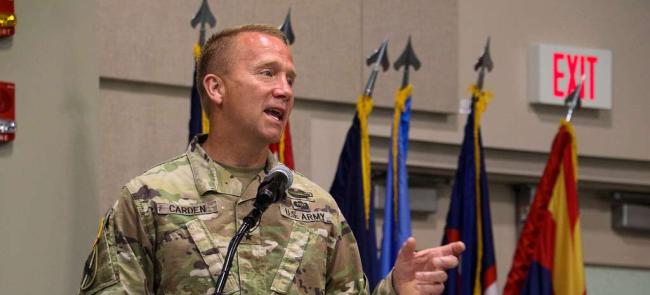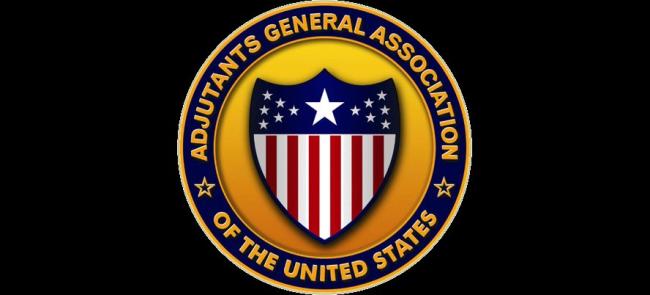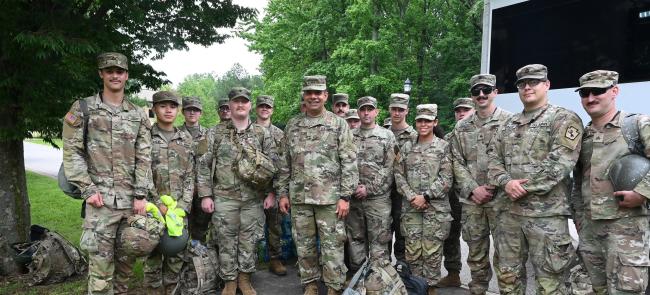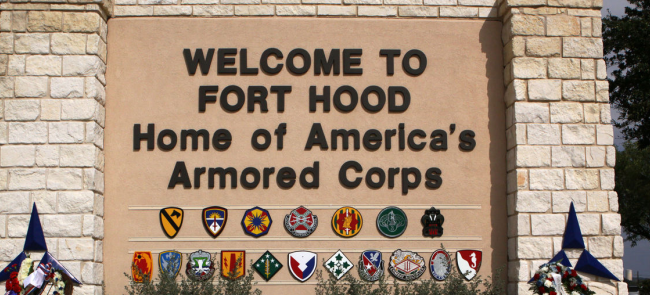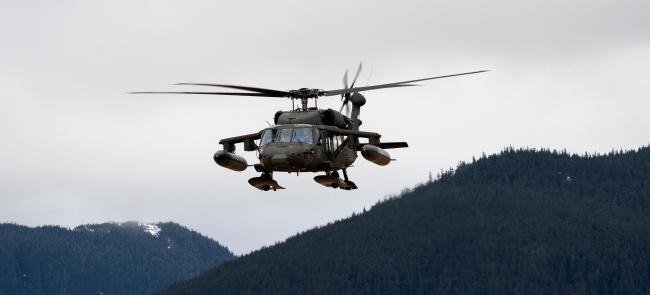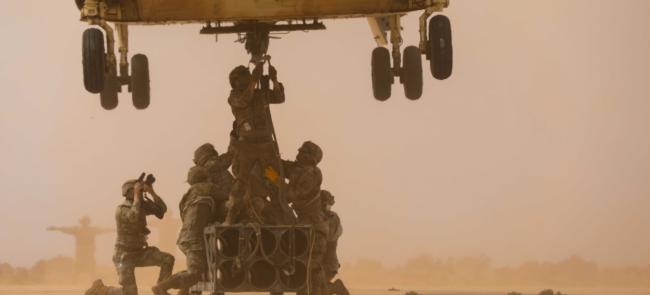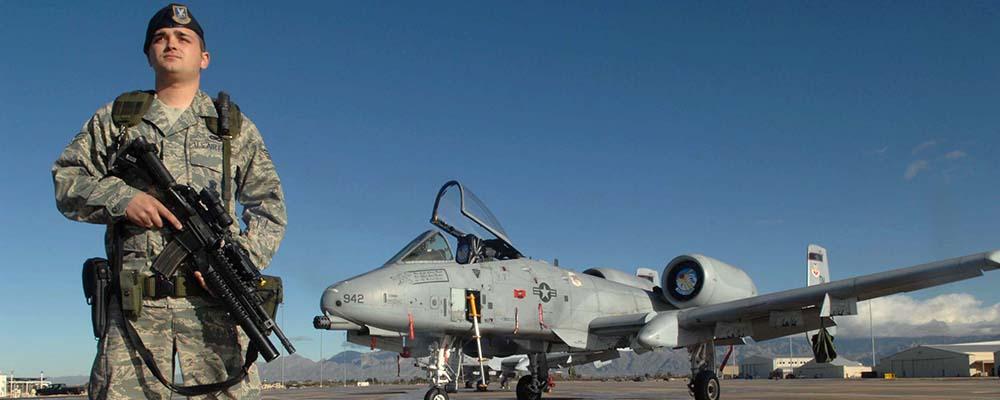
Air Force Secretary Heather Wilson says the Air Force is too small for a possible future conflict with a major power, such as China or Russia.
On Monday, she called for the service to grow from its current size of 312 operational squadrons to 386 by 2030.
This 24 percent increase in squadrons is the centerpiece of the service’s “Air Force We Need” proposal, which has been in the works for six months.
This follows the National Defense Strategy the Pentagon unveiled earlier this year. It marks the reemergence of long-term, strategic competition with China and Russia. The Air Force’s imperative is to compete, deter and win this competition by fielding a force that is lethal, resilient, rapidly adapting and integrates seamlessly with the joint force, allies and partners, she said.
Wilson said the analysis of the 386 squadrons needed to support this strategy is based on estimates of the expected threat by 2025 to 2030. At the end of the Cold War, the Air Force had 401 operational squadrons.
In her keynote address at the Air Force Association’s Air, Space, Cyber Conference in National l Harbor, Maryland, Wilson referenced the massive Russian military exercises launched last week, reportedly involving more than 300,000 troops, and China’s unveiling of its first aircraft carrier and its ongoing militarization of islands in the South China Sea to extend its long-range bombers' reach.
“We must see the world as it is,” Wilson said. “That was why the National Defense Strategy explicitly recognizes that we have returned to an era of great-power competition.”
Wilson said the Air Force chose to focus on operational squadrons—fighter and bomber squadrons, attack and special operations, space, cyber, tanker, airlift and other frontline units—because they’re the core fighting units of the Air Force.
“Our operational squadrons are the clenched fist of American resolve,” she said.
Command, control, intelligence, surveillance and reconnaissance, or C2ISR, squadrons would see the biggest growth as part of the proposal, increasing from 40 squadrons to 62 between 2025 and 2030, Wilson said.
Tanker squadrons, which Wilson said is facing one of the biggest shortfalls, would also see significant growth under this plan, increasing from 40 to 54 squadrons.
The Air Force also would add seven fighter squadrons to its current 55, she said. And combat search-and-rescue squadrons would grow from 27 to 36.
Bomber squadrons would grow from nine to 14, space squadrons would grow from 16 to 23, special operations squadrons would grow from 20 to 27, airlift squadrons would grow from 53 to 54 and remotely piloted aircraft squadrons would grow from 25 to 27.
Cyber and missile squadrons would remain unchanged at 18 and nine, respectively, but require modernization, Wilson said.
The additional squadrons would require a significant increase in Total Force manpower, including Guard, Reserve and civilians.
Officials have not said how many of the squadrons will be added to Air National Guard force structure.
Congress has the ultimate say on the proposal.
